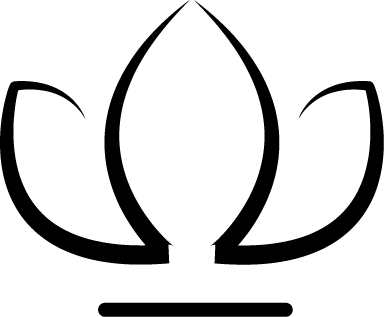The Eight Limbs of Yoga.
Contrary to what most people believe, yoga is not just about bending into postures and breathing techniques. Besides the mainstream view of the yoga practice, there is a lot of history in regards to philosophy and spirituality. The Yoga Sutras of Patanjali is thought to be one of the most profound studies of human consciousness and the search for spiritual freedom. It is a collection of 196 aphorisms describing aspects to the path of enlightenment through yoga. Presented in the Yoga Sutras, more specially in 2.29, are the eight limbs of yoga (ashtanga). The eight components are interwoven and guide you away from identifying with the external world and moving internally into pure awareness. It is through this that we can end suffering. The 8 limbs are as follows:
1. Yamas: Universal social practices. They are external disciplines in which we behave in relation to the world. There are 5 yamas:
a. Ahimsa: non-violence, harmlessness
b. Satya: truthfulness
c. Asteya: non-stealing
d. Brahmacarya: continence, chastity
e. Aparigrahah: not being acquisitive, possessing only what one needs
2. Niyamas: Internal disciplines where one channels their own personal energies towards realization. There are 5 niyamas:
a. Sauca: Bodily purification both mentally and physically
b. Santosa: Contentment
c. Tapah: Intense discipline
d. Svadhyaya: Self-study
e. Isvara pranidhanani: Dedication to the ideal of yoga
3. Asana: In the Yoga Sutras, asana is referred to postures that can be maintained in stillness for long periods of time. They should embody steadiness and ease. It has been suggested that a lot of the postures done in a Hatha yoga class are means to achieving "asana."
4. Pranayama: Breath regulation of the inhalations and exhalations with retention. It is through breath that we can absorb the prana (“energy”) that provides a healthy body and clear mind.
5. Pratyahara: Withdrawal of the senses. Here, we pull our awareness away from the external world and channel our attention internally.
6. Dharana: Concentration. Bringing your attention to one focal point either to an internal or external object. It is the act of reducing and ultimately eliminating any interruptions of the mind to allow consciousness to journey internally into the soul.
7. Dhyana: Meditation. Uninterrupted flow of attention on a fixed point or region. Dhyana emphasizes the maintenance of steady and profound focus where the mind can observe its own behaviour.
8. Samadhi: At this stage the mediator merges with the point of focus. The uninterrupted flow of attention takes down the barrier between the object seen and the seer who sees it. It is devoid of ego or “I,” and is a state of absolute bliss.

